CuriosiD: What’s That Smell?
Ever caught wind of a pervasive garbage smell in Midtown with no Dumpsters in sight? WDET goes to the source.
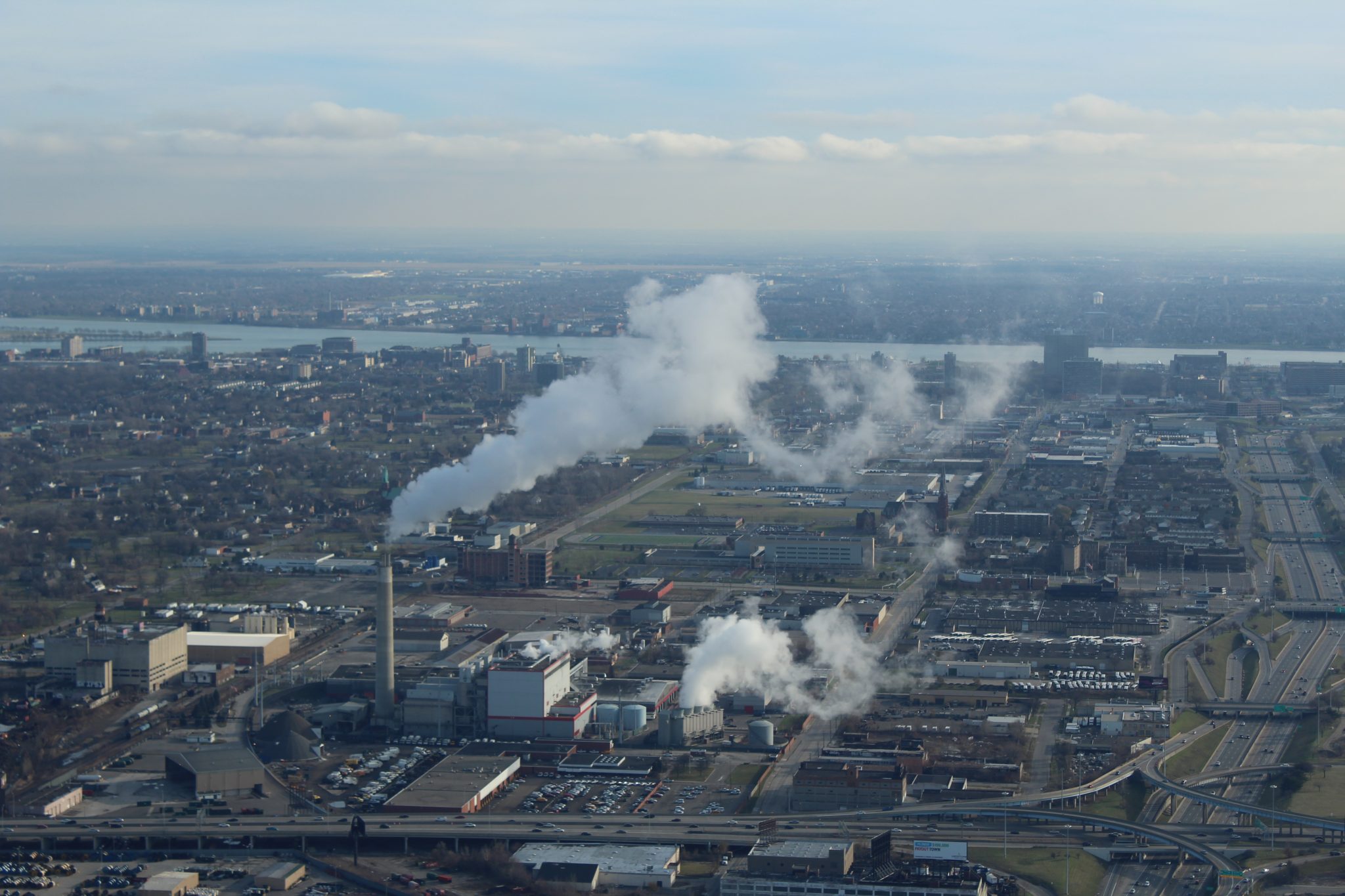
In this episode of CuriosiD, listener Trisha Dring asks …
What’s up with the Detroit incinerator? Where is it, what’s going on there, and why does it smell so much on certain days and not others?
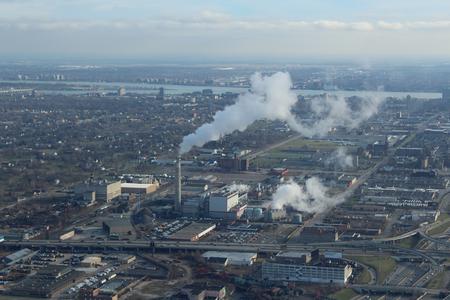
THE SHORT ANSWER
While there is some debate about where the odor is coming from, the consensus is Detroit Renewable Power (DRP) — also known as the Detroit incinerator — on Russell Street not quite two miles north of Eastern Market. DRP officials say the smell comes from decomposing trash accumulating in the facility before it’s processed.
DRP doesn’t just burn trash. It harnesses steam to create electricity. And the steam also heats buildings in Downtown and Midtown.
INSIDE THE DETROIT INCINERATOR
To answer Trisha’s questions, we went to the source. After a few weeks of emails, the folks at DRP invited us for a tour of the facility.
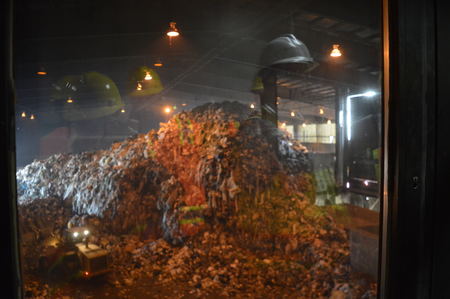
On a Friday afternoon, Plant Manager Rob Suida leads us to the DRP tipping floor, the first stop for the garbage the plant processes. Suida says the facility accumulates waste throughout the week and prepares it for burning over the weekend. By Friday, the pile in the warehouse is roughly three stories tall, and Suida says the heap will be gone by Monday morning.
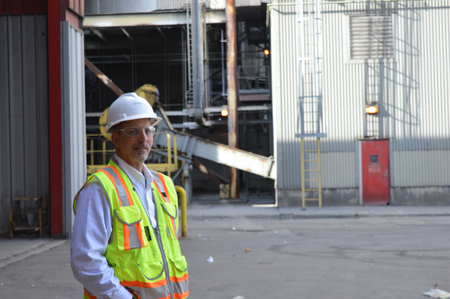
If someone in Midtown is smelling something coming from the facility, Suida says the giant pile of garbage is the source.
Many residents have filed complaints about odor. Stephen White, the president and chairman of DRP’s parent company, Detroit Renewable Energy, says factors the company can’t control, like weather, exacerbate the problem. For example: if it’s hot, trash decomposes more quickly and smells worse. Or sometimes residents wait a couple of weeks before putting their waste out on the curb, which means organic material has been decomposing longer and stinks.
White says last year DRP spent $8 million on equipment to help reduce the odor.
WASTE TO ENERGY
“We have no economic incentive for the plant to smell,” says White. “Because when it smells that means garbage is sitting in around, and when it’s sitting around we’re not converting it into steam and electricity that we sell.”
So, the pile of garbage won’t just get burned. The combustion process will create steam that DRP will then turn into electricity. The steam also heats buildings in Downtown and Midtown and the General Motors Co. plant in Hamtramck.
White says the plant reduces the amount of waste that comes in by about 85 percent. The company sends the remaining ash to landfill. He says DRP also extracts metal from the waste and recycles it.
“It’s called the incinerator, that couldn’t be further from the truth,” says White. “Because the incineration process by definition is burning and nothing. This is burning and recovery of energy that provides electricity and steam to hundreds of buildings in the city of Detroit.”
“It’s called the incinerator; that couldn’t be further from the truth.”
So the correct term? White says it’s “waste-to-energy” facility.
While there are only two of these waste-to-energy facilities in Michigan, they are a much more popular solution for waste management throughout Europe and in China.
Tell us when you detect a pervasive garbage smell in the Greater Downtown area at wdet.org/smell >>
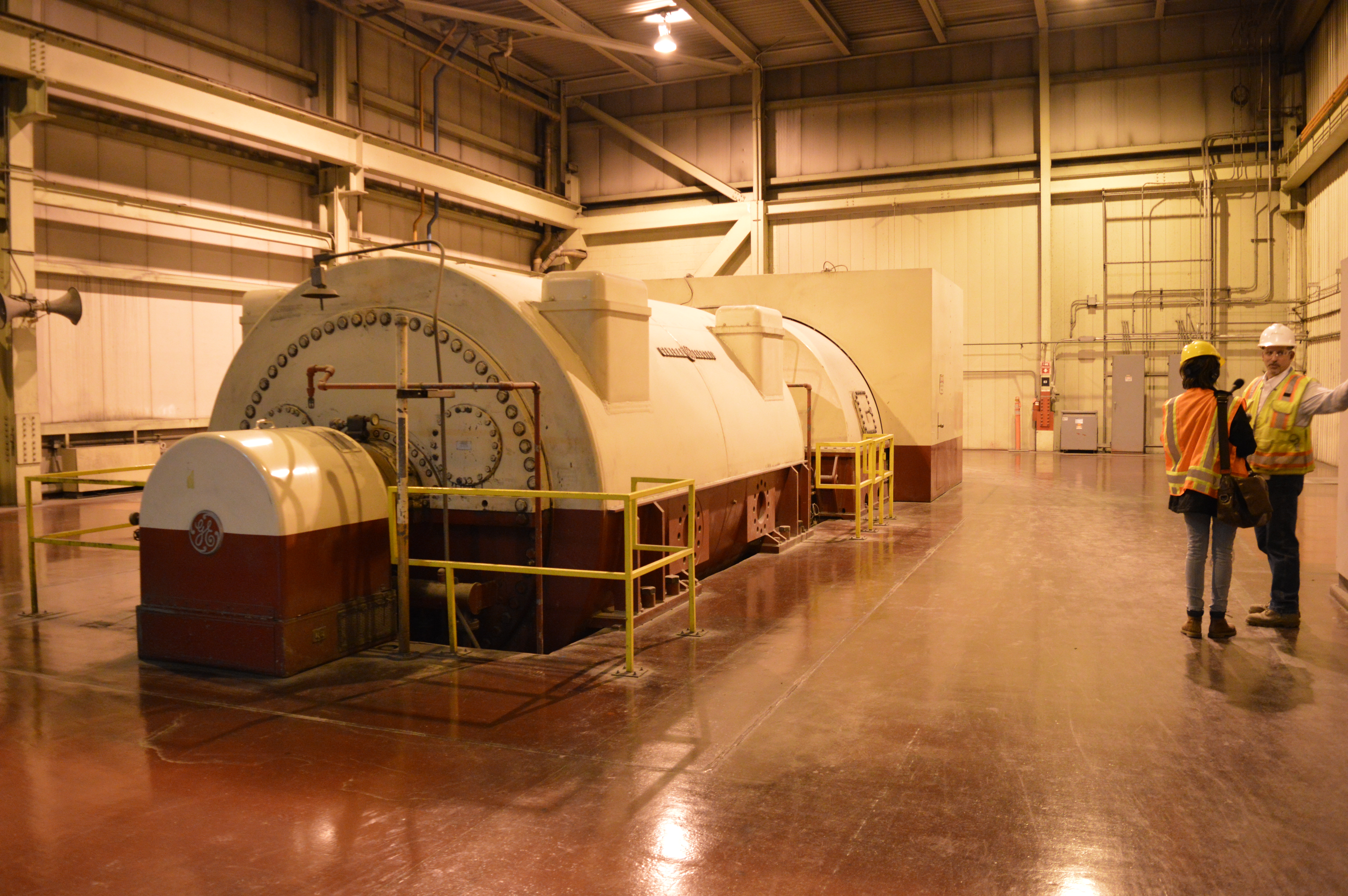
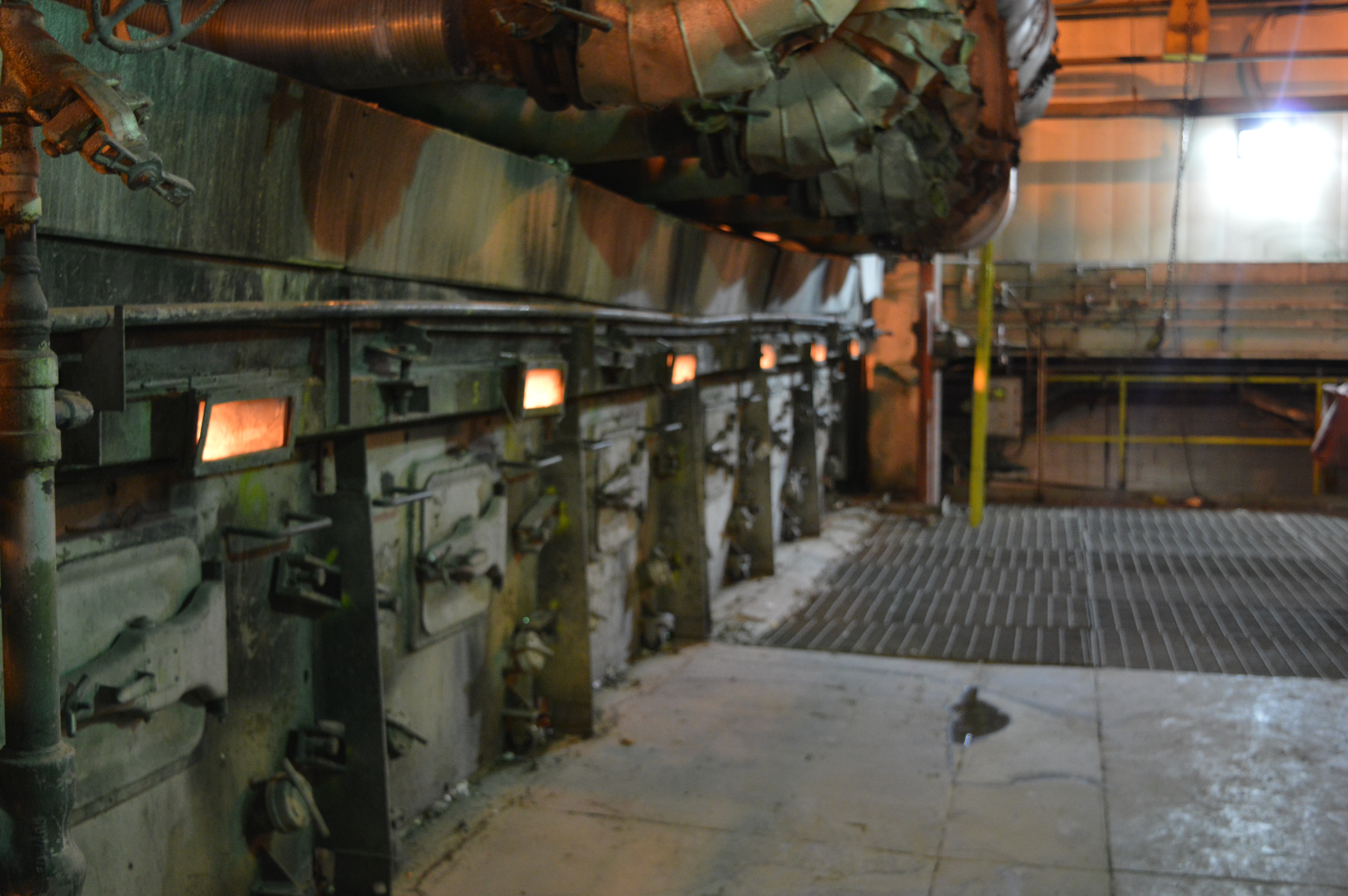
“CLEAN ENERGY” AT A COST
As the control room operator at Detroit Renewable Energy, James Speckman has done this work for 18 years. He says his job is to ensure the combustion process is as efficient as possible.
“In order for it to have good emissions you have to have good combustion,” Speckman says. “We are exclusively monitored by the EPA right here.”
Speckman points to a screen that shows levels of pollutants like sulfur dioxide and carbon monoxide.
While the incinerator creates energy and reduces waste, the Michigan Department of Environmental Quality considers it a major source of air pollution. The incineration process releases a slew of toxic emissions, such as the ones listed above, along with things like particulate matter, and metals such as mercury and lead. The MDEQ says it cited Detroit Renewable Power for 10 emissions violations over the past year and a half, meaning the plant exceeded the amount of certain pollutants allowed in its permit. The department says the infractions should not have caused health problems. The two entities say they are working out a plan to ensure the violations don’t occur again.
Click here to access the MDEQ’s report from the March public hearing about this plan.
30 YEARS OF CONTENTION
The Detroit incinerator — or “waste-to-energy facility” — has a long history. A private company owns it now, but in the mid 1980s, Detroit Mayor Coleman Young’s administration built the plant.

“The original impetus was that at the time it appeared we were facing a shortage of landfill capacity,” says Bob Berg, Young’s longtime press secretary. “The city obviously has a lot of trash to take care of every day. This was viewed as cutting-edge technology that would reduce by a considerable amount your need for landfill because you end up with ash rather than all the trash you picked up. And, at the same time as a waste-to-energy facility, it was viewed as environmentally friendly, because you were taking the trash, converting it to energy and using it to power part of the city both with steam and electricity.”
While the Young administration thought its plan was cutting edge, some Detroit residents vehemently opposed it.
During the construction of the plant, Detroiters protested. In the late 80s, the government of Ontario and a group of US environmental organizations filed separate lawsuits against the city saying the incinerator posed a threat to public health.
The city continued with the billion-dollar project, and ultimately operated the incinerator for over 20 years. Detroit Renewable Energy, the holding company for DRP, purchased the facility in 2010.
Today, the incinerator is still a source of contention. Environmental groups like Zero Waste Detroit and the Sierra Club are lobbying against the plant.. The Great Lakes Environmental Law Center filed an intent-to-sue notice in December regarding DRP’s Clean Air Act violations.
MEET THE LISTENER

Trisha Dring is a graphic designer for M3d Experiences. She moved to Detroit from New Jersey about five years ago to study at the College for Creative Studies.
Dring says she remembers a seemingly normal day, when she stepped outside and smelled something strange.
“It kind of just felt like the city had farted just a giant waft of garbage smell,” she says.
She had heard rumors that the odor was coming from the Detroit incinerator.
“I had no idea that they were converting the trash into energy. That’s actually pretty surprising, and makes me feel a lot better,” Dring said in response to the story. “Also I thought the steam was the part creating the smell so learning that it’s just the trash sitting out is kind of funny in a way because, you know, trash always smells anyway.”
